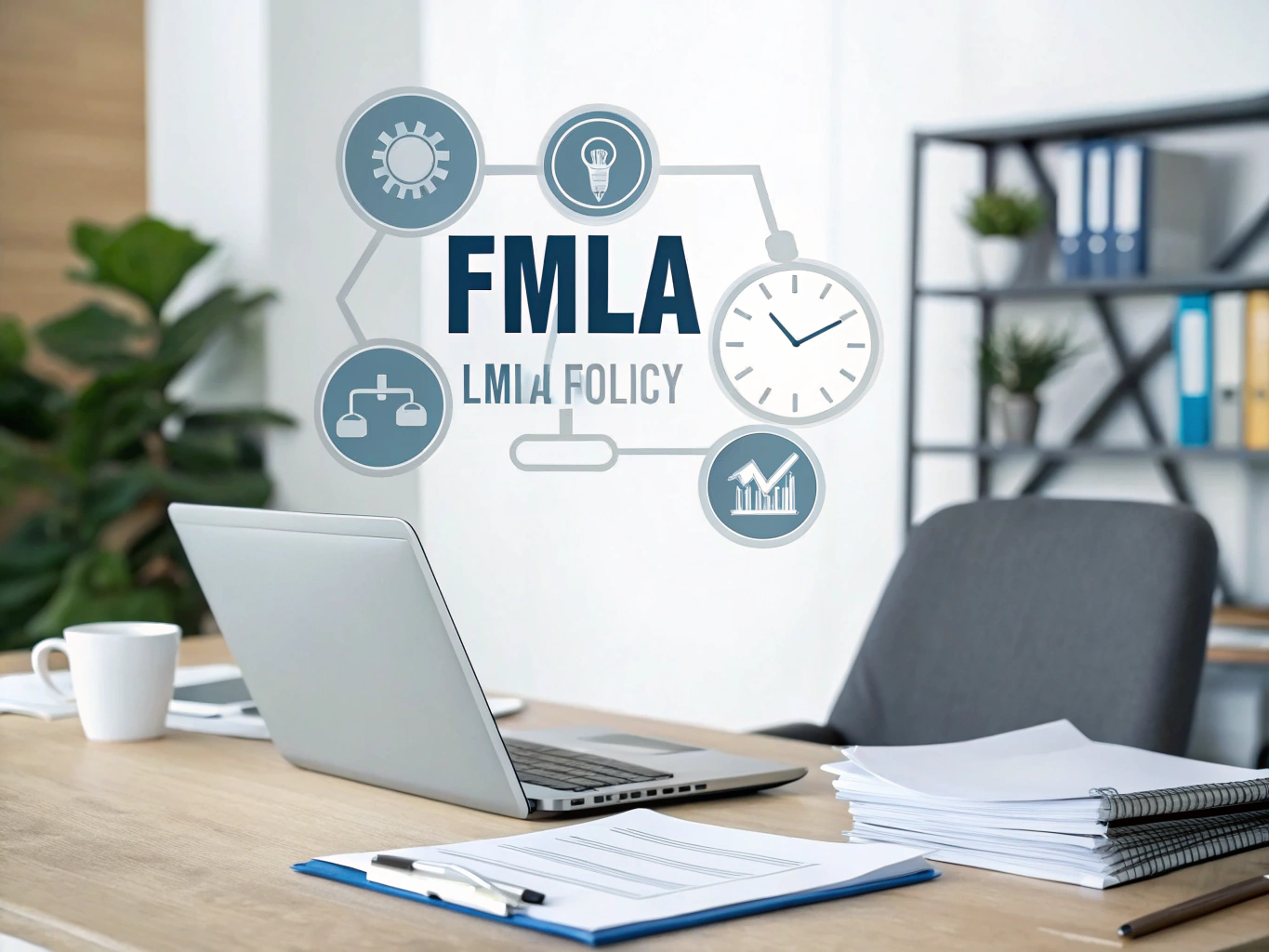Definition
The Family and Medical Leave Act (FMLA) Policy is a vital framework that allows eligible employees to take up to 12 weeks of unpaid, job-protected leave for specific family and medical reasons. It ensures that you can prioritize your family’s needs without the fear of losing your job. Think of it as a safety net that supports work-life balance while keeping your employment secure.
Key Components
Understanding the FMLA Policy is crucial for both HR professionals and employees. Here are the main elements you need to know:
- Eligibility Criteria: To qualify for FMLA leave, employees must have worked for your company for at least 12 months and logged a minimum of 1,250 hours in the past year. This means if you’ve been a diligent employee, you’ve earned the right to take this important leave.
- Reasons for Leave: FMLA covers a variety of situations, including the birth or adoption of a child, caring for a seriously ill family member, or dealing with a personal health issue that inhibits your ability to work. For instance, if a new parent needs time off to bond with their newborn, FMLA is there to help.
- Notice Requirements: Employees must give at least 30 days’ notice if they foresee the need for leave. If the situation arises unexpectedly—like a sudden illness—employees should inform you as soon as possible. This proactive communication helps everyone plan accordingly.
- Job Protection: One of the most significant aspects is that employees are entitled to return to their same or equivalent position after their leave. This job security is crucial for maintaining workplace morale and trust.
- Intermittent Leave: Sometimes, employees might not need a full block of leave. The FMLA allows for intermittent leave, which can be taken in smaller increments. For example, an employee might need to attend doctor appointments once a week, and this flexibility can make a huge difference in their personal lives.
- Health Benefits: During FMLA leave, employees can maintain their health insurance coverage as if they were still actively working. This means they won’t have to worry about losing access to essential healthcare services during a challenging time.
Importance in the Workplace
The FMLA Policy is more than just a legal requirement; it reflects your organization’s commitment to employee well-being. For instance, imagine an employee who has been with your company for years and suddenly faces a family emergency. Without the FMLA, they might feel pressured to choose between their job and their loved ones. By offering this policy, you foster a culture of support and understanding, which can lead to higher employee satisfaction and loyalty.
Best Practices
To effectively implement and manage your FMLA Policy, consider these best practices:
- Clear Communication: Ensure that employees are well-informed about their rights under the FMLA. Provide easy-to-understand materials and hold informational sessions to clarify the policy and procedures.
- Streamlined Processes: Develop a straightforward process for requesting FMLA leave. This can include a dedicated form that employees can fill out and submit, which makes tracking requests easier for both HR and employees.
- Regular Training: Train your HR team on FMLA regulations and updates. Keeping your team well-informed will help them manage requests more effectively and ensure compliance with the law.
- Confidentiality Assurance: Handle all FMLA-related information with the utmost confidentiality. Employees should feel secure knowing their personal information is protected.
- Periodic Policy Reviews: Regularly review your FMLA policy to ensure it aligns with current laws and best practices. This proactive approach not only keeps you compliant but also demonstrates your commitment to supporting employees.
Legal Considerations
When dealing with FMLA, it’s essential to stay updated on legal requirements. The FMLA is a federal law, and non-compliance can lead to serious consequences, including fines or lawsuits. Make sure you understand the nuances of the law, such as the difference between continuous and intermittent leave, and how state laws may impact your policy. Consulting with legal experts or HR professionals knowledgeable in labor laws will help you navigate these waters smoothly.
Conclusion
Understanding the FMLA Policy is crucial for creating a supportive workplace culture that values employee health and family needs. By implementing a comprehensive FMLA policy, you not only comply with federal regulations but also foster a positive environment where employees feel valued and supported. Remember, a well-informed and empathetic approach to FMLA can significantly impact employee retention and overall morale. So, take the time to educate yourself and your team – it’s an investment in your workforce’s well-being.




